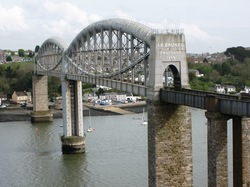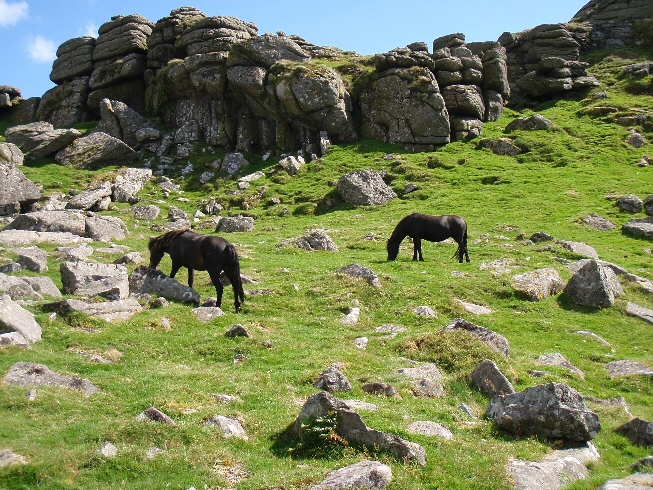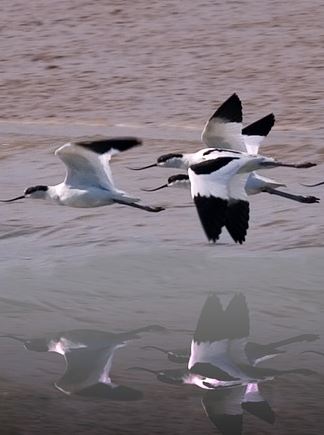We feel hugely privileged to be located in the upper Tamar Valley as you can probably tell from our name. It’s hard to imagine that the gentle river at the bottom of our hill is the same that is spanned by the Brunel bridge at Plymouth. This remarkably unspoilt area is still completely new to many of our visitors so are our 5 top reasons for visiting the Tamar Valley.
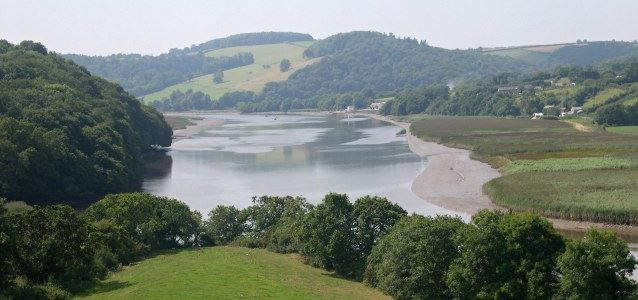
The River Tamar, close to Cotehele
|
5 – The Best of Both worlds… If you know anything about the Tamar Valley, it is likely that you’ll know it to be the border between Cornwall and Devon. Our tiny village parish of North Tamerton is the only parish that extends east of the Tamar; otherwise the 50 mile river forms the county boundary for its entirety. But not only is the valley itself a stunning area to visit, but staying here gives you the best possible base from which to explore the South West. Where else can you stay that is a short drive from the breathtaking Cornish coastline and yet still close to Dartmoor, the largest area of wilderness in Southern England? Where can you stay in true rural tranquillity yet be able to visit vibrant busy hubs like Newquay, Exeter and Plymouth? Being within reach of some of Cornwall and Devon’s premier attractions means you’ll never be stuck for things to do and better yet, you can holiday in the quiet Tamar countryside without suffering the throngs of visitors and higher prices on the coast. |
|
|
|
4 – Wild Encounters… The Tamar Valley is long enough to encompass a variety of serene wildlife habitats, from ancient woodlands to mudflats, open grassland to reed beds. Birdwatchers flock to the area to spot avocets and egrets, spoonbills and peregrines, kingfishers and herons, and the Tamar Valley is even the site of a reintroduction program for ospreys. We have a large nesting box on one of our beech trees that houses a family of barn owls, and woodpeckers, siskins and nut-hatches are regular visitors to our bird tables. The valley is also home to stoats, otters, and water voles, as well as plenty British favourites such as badgers, deer and foxes. |
3 – Thrill Seekers…
For sport-lovers, the Tamar Valley offers a diverse range of attractions. Miles of footpaths south of Launceston allow you to fully explore the landscapes, whilst for cyclists there is everything from gentle riverside routes to the hair-raising downhill tracks at Gawton. Multi-use trails such as ‘Tamar Trails’ even cater for horse-riders.
If watersports are more your thing, have a go at sailing or windsurfing at Tamar Lakes near Kilkhampton, or hire a kayak or Canadian canoe further downstream.
Added to all this, there are also high ropes courses, dedicated climbing walls, and if all of that isn’t enough, take a short drive to the coast and get on a surfboard!
|
2 – A-Mining We Will Go… The Tamar Valley once produced a significant portion of the world’s tin and copper, and now forms part of the Cornish Mines World Heritage Site – the largest World Heritage Site in the UK. Mining has been in the area for thousands of years, but in the last 2 centuries production expanded. The ore was shipped by boat to Plymouth, then round the peninsula to the smelting stations in South Wales. Quays such as Calstock and New Quay give a glimpse of the industrial past, while Morwellham Quay offers a fantastic visitor attraction with a hamlet, quay, and copper mine complete with working railway. And talking of railways, the Tamar Valley line is a beautiful scenic route from Gunnislake down to Plymouth, crossing the stunning Calstock viaduct en route. As well as the mining heritage, there are plenty of historic houses and gardens, including Cotehele and Antony House, and the rich naval and maritime history of Plymouth. |
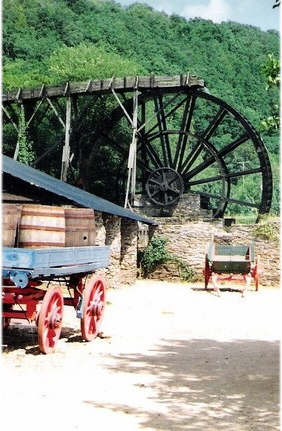
Morwellham Quay |
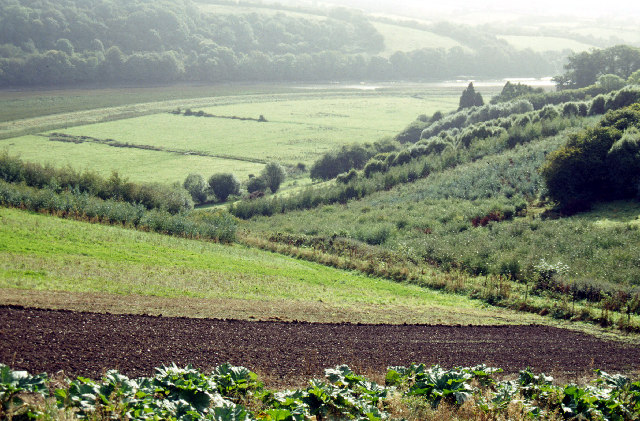
© Copyright Stephen McKay
|
1 – Outstanding Natural Beauty… Of course the principal attraction to the area is the stunning and diverse landscape. In its early stretches such as its passage through our village, the valley is characterised by close undulating farmland and ancient woodlands, with pretty stone bridges spanning the water. By the time it has passed through Launceston, the tributaries have fortified the river and the valley officially becomes an Area of Outstanding Natural Beauty ('AONB') with excellent access to footpaths and trails. Steep sided gorges and tight river meanders can be found in close proximity to reed beds and wide marshes, while remnants of forgotten mines poke up between the trees. Most remarkably, the area is still unspoilt and charmingly rural with the only built up area being around the estuary in Plymouth. Much of the area is protected, so developments are kept to a minimum, meaning we should all be able to enjoy this beautiful and unique landscape far into the future. |
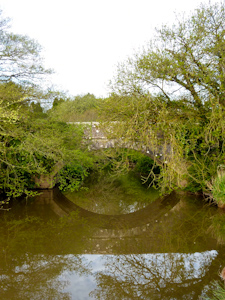
North Tamerton bridge |
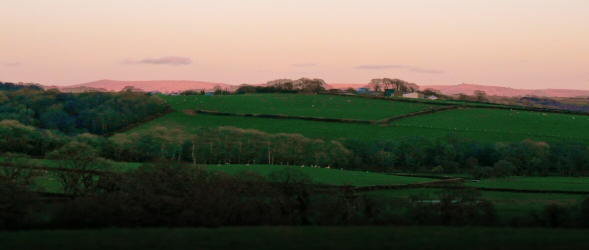
Our view of the Tamar Valley with Dartmoor lit by the sunset

